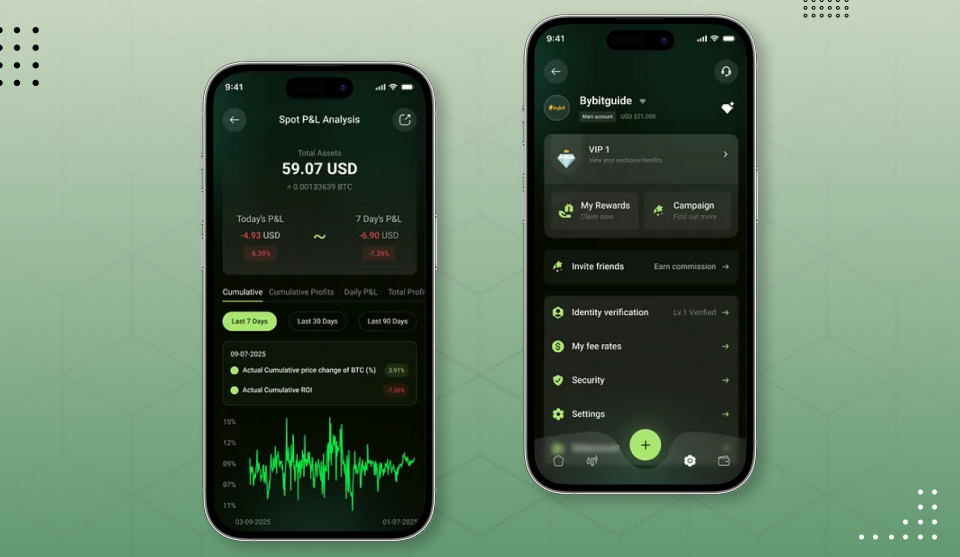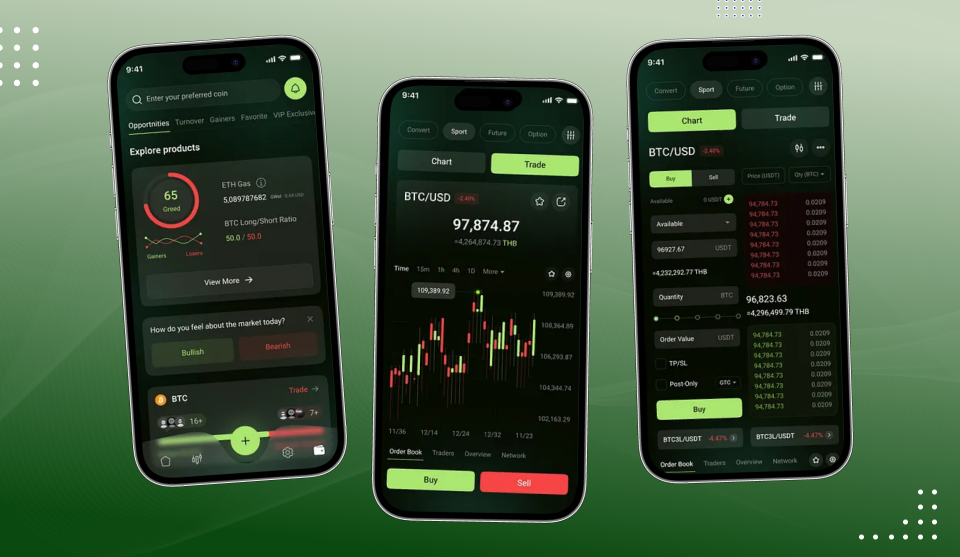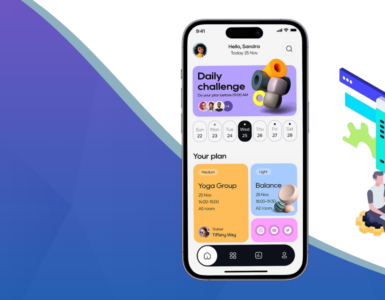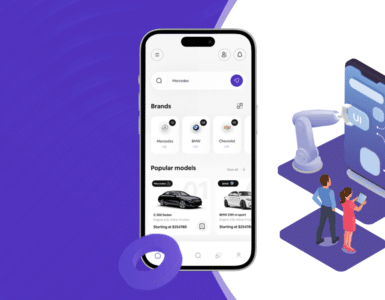Introduction
In 2025, app security isn’t a luxury—it’s essential. As mobile and web apps continue to shape the digital economy, the stakes for ensuring data protection and secure experiences have never been higher. Whether you’re a startup founder, an enterprise developer, or an indie app creator, mobile app protection is critical to user trust and long-term success.
With data breaches, ransomware, and phishing attacks becoming more sophisticated, developers must proactively strengthen their apps. This blog unpacks essential cybersecurity for apps and outlines practical, up-to-date strategies to help you protect your app like a pro.
1. Why App Security Should Be Your Top Priority in 2025
Cyber threats evolve quickly—and so should your security practices Cybercrime cost the world over $10 trillion in 2024 alone. Apps, especially mobile apps, are among the most targeted systems due to their constant connection to sensitive data.
Key reasons why app security must be prioritized:
- User Data is Valuable: Apps often handle personal, financial, and health data.
- Regulatory Pressure: Adhering to GDPR, HIPAA, and India’s DPDP Act is mandatory—no exceptions.
- Reputation Management: A single breach can lead to brand erosion and customer loss.
- Growing Attack Surface: APIs, third-party libraries, and cloud dependencies increase app vulnerabilities.
2. Secure App Development Starts Early
Security shouldn’t be an afterthought. The earlier you integrate it into your app development lifecycle, the better.
Best Practices for Secure App Development:
- Threat Modeling: Before writing a line of code, map out possible threats.
- Code Reviews: Regular peer reviews help identify flaws early.
- Secure SDLC (Software Development Life Cycle): Incorporate security checks at every phase—from planning to deployment.
- Use Trusted Libraries: Ensure third-party tools are up-to-date and from verified sources.
Pro Tip: Adopt the “Shift Left” strategy—bring security testing closer to the development phase.

3. Encrypt Everything: App Data Encryption
One of the key rules in app cybersecurity? Always use encryption. Whether your data is in motion or just sitting in storage, keep it encrypted to block prying eyes.
Encryption Tips for 2025:
- Use AES-256 for local data storage
- Use HTTPS with TLS 1.3 to secure data during transmission.
- End-to-End Encryption (E2EE): Especially important for messaging, financial, and health apps
- Key Management: Store keys securely using hardware-backed keystores (e.g., Android Keystore, iOS Keychain)
Remember: Poor encryption is as bad as no encryption. Keep libraries updated and follow industry standards.
4. Multi-Factor Authentication (MFA) Is a Must
Simple password protection is outdated. In 2025, robust mobile app protection requires multi-factor authentication (MFA).
Why MFA Matters:
- Prevents account hijacking.
- Provides an added layer of security, even if credentials are compromised.
- Even if someone gets their hands on your login details, encryption adds a crucial extra layer of defense.
- Builds user trust.
MFA options:
- OTP via SMS/email (less secure)
- App-based authenticators (Google Authenticator, Authy)
- Biometric verification (fingerprint, Face ID)
Advanced Tip: Use adaptive authentication—change security prompts based on risk level, device, or location.
5. Minimize App Vulnerabilities Through Regular Testing
Unpatched vulnerabilities are open doors for hackers. Routine testing is essential to reduce app vulnerabilities.
Recommended Testing Methods:
- Static Application Security Testing (SAST): Analyzes source code to identify security flaws early in development
- DAST, or Dynamic Application Security Testing, scans live apps to catch security flaws as they happen
- Penetration Testing: Simulated attacks to uncover real-world exploits
- Fuzz Testing: Sends unexpected inputs to find crashes or logic errors
Tools to Use in 2025:
- OWASP ZAP
- Burp Suite
- Veracode
- GitHub Advanced Security
Bonus: Keep up with the OWASP Top 10 Mobile Threats.
6. Protect APIs Like Fort Knox
Most modern apps rely on APIs—and they’re a goldmine for attackers. API security is now a crucial aspect of cybersecurity for apps.
Best Practices for API Security:
- Authentication and Authorization: Implement OAuth 2.0 and OpenID Connect for secure access management.
- Rate Limiting: Prevent abuse with throttling
- Input Validation: Always sanitize user input
- Token Expiry: Implement short-lived tokens with refresh mechanisms for enhanced security.
- API Gateway: Acts as a central point to enforce security policies
APIs must be treated with the same care as your front-end and back-end.
7. Secure Your App Store Presence
Even before a user downloads your app, ensure your listing is legitimate and protected.
Tips for Secure App Distribution:
- Code Signing: Sign your app with digital certificates to prevent tampering
- App Store Guidelines: Follow iOS and Android security policies strictly
- Monitor for Fake Apps: Use tools to scan for impersonators and takedown requests
- Regular Updates: Patch vulnerabilities and keep users safe with frequent releases
- Pro Tip: Include security notes in your release changelog to build trust with users.
Pro Tip: Include security notes in your release changelog to build trust with users.
8. Use a Mobile App Protection Suite
Several automated solutions now offer real-time mobile app protection and monitoring.
Features to Look For:
- Runtime application self-protection (RASP)
- Anti-tampering and anti-reverse engineering
- Root/jailbreak detection
- Behavioral anomaly detection
Popular Tools (2025):
- AppSealing
- Guardsquare
- Zimperium
- Promon SHIELD
These tools ensure your app defends itself even after it’s deployed.
9. Educate Your Users
User error is one of the most common security loopholes. Educate your users on safe app usage.
Key Areas to Cover:
- Avoid jailbroken or rooted devices
- Keep the app updated
- Don’t share credentials
- Report suspicious activity
In-app tooltips, push notifications, or onboarding screens are great ways to share these tips.
10. Stay Ahead with Compliance and Cybersecurity Trends
As regulations evolve, staying compliant is essential—not just for legality but also for user trust.
Compliance Checkpoints for 2025:
- GDPR (Europe)
- CCPA (California)
- DPDP Act (India)
- HIPAA (for health apps)
- PCI-DSS (for financial apps)
Additionally, stay updated on trends like:
- AI-driven threat detection
- Zero Trust Architecture
- Blockchain in app security

Conclusion
In the rapidly changing digital landscape of 2025, app security is a moving target. Threats will continue to evolve—but so can your defenses. From secure app development to app data encryption and API protection, every detail matters.
By following the practices discussed above, you can ensure your app is resilient, trusted, and ready for anything. Cybersecurity isn’t a one-and-done deal—it’s an ongoing process.
Keep your app secure like a pro—your users are trusting you with it. Final Checklist: App Security in 2025
- Secure coding practices
- End-to-end data encryption
- Multi-factor authentication
- Regular vulnerability testing
- API hardening
- App store protection
- User education
- Compliance with laws
- Real-time mobile protection tools
FAQs: App Security 2025
Q1. Why is app security more critical in 2025?
Cyberattacks are increasing in frequency and sophistication. Apps that handle personal or financial data must use the latest encryption and compliance standards to protect user trust and business continuity.
Q2. What is the best way to secure a mobile app?
Start with secure coding, implement encryption (AES-256 + TLS 1.3), enable MFA, protect APIs, and perform regular security testing.
Q3. Which tools help in app security testing?
Tools like OWASP ZAP, Burp Suite, Veracode, and AppSealing are leading solutions for app vulnerability assessment and runtime protection.
Q4. How often should app security be tested?
Ideally, after every major update or at least once every quarter to catch new vulnerabilities and maintain compliance.
Q5. How does compliance affect app security?
Following global standards like GDPR, HIPAA, or DPDP Act not only prevents legal issues but also enhances credibility among users.
























